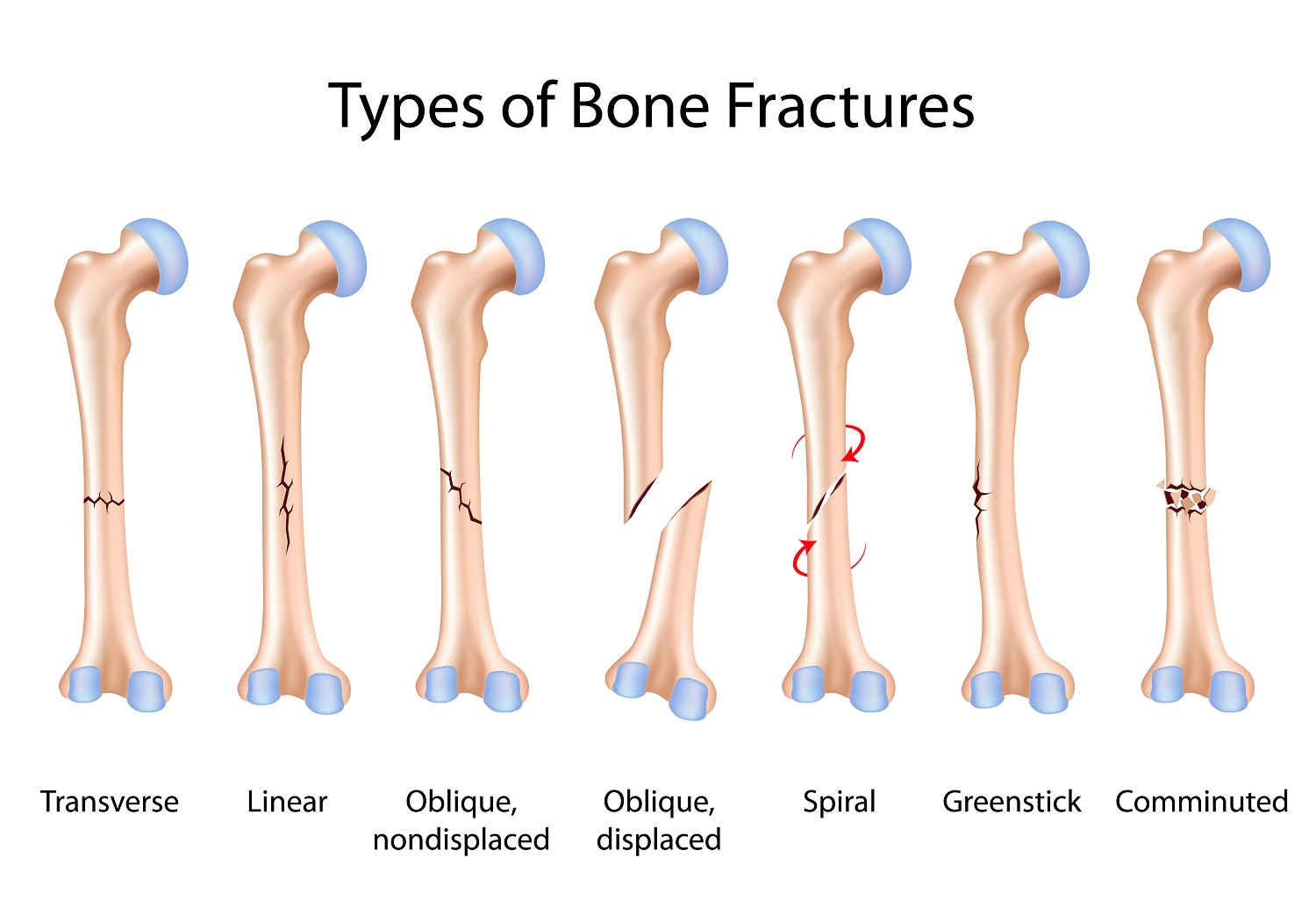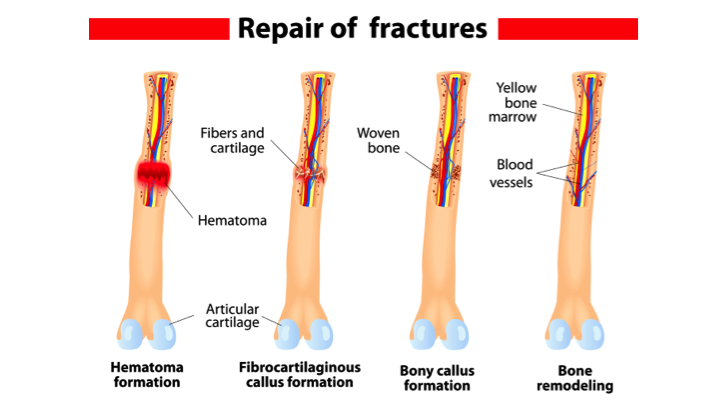


It is usually the most common fracture among children.įractures occur when excessive force is exerted on a bone that it can withstand. Also known as buckle fracture, it causes pain but is a stable fracture. Torus fracture: In this case, the affected bone gets deformed, but does not get fractured. Undisplaced / Stable fracture: When the fracture is not serious enough for the fragments to be displaced for their position, it is known as a stable fracture. Pathological fracture: This type of fracture is caused as a result of a disease that causes weakening of the bones like osteoporosis, cancer of the bones, etc. Linear fracture: When a bone breaks parallel to the long axis of the bone, it is called a linear fracture.ĭisplaced fracture: Here, the bone breaks into several fragments, making the bone lose alignment, giving rise to a displaced fracture. Oblique fracture: As the name suggests, the break happens diagonally across the bone. Transverse fracture: When the bone breaks transversely, it is called a transverse fracture. Spiral fracture: When a bone breaks in a spiral pattern, it is referred to as a spiral fracture.

This is caused when a ligament or muscle pulls on the bone.

This is especially common among athletes.Īvulsion fracture: When a bone fragment is separated from the main mass, it is known as an avulsion fracture. Hairline fracture or stress fracture: Repetitive movements or overuse of muscles exert pressure on the surrounding bones leading to a stress fracture. Greenstick fracture: This is an incomplete or partial fracture, wherein bone is broken, from one side & bent from another Some of the most common types of fractures are as follows:Ĭomminuted fracture: Fractures of this kind occur when the bone has broken into multiple fragments
#Closed fracture vs open fracture skin#


 0 kommentar(er)
0 kommentar(er)
